Herd Management
Carrying Capacity
The number of individuals of a species that a property and its resources can support. The carrying capacity for whitetails and other wildlife species can be greatly increased with food plots and proper habitat management
Population modeling
By collecting and analyzing the data from helicopter surveys, trail cameras, hunter observation, and harvest, Tecomate Wildlife Biologists can accurately asses deer herd dynamics including the sex ratio, population density, recruitment rate, and age structure.
Harvest management
Tecomate Wildlife Biologists can help you set the criteria for harvest restrictions and needs in your program. These criteria can relate to the harvest of mature trophy deer, immature bucks, management bucks, and does.
Sex ratio
The number of adult does (1.5 years and older) relative to the number of adult bucks (1.5 years and older) in a herd. We strive to balance this ratio at 1:1 which can be an arduous task for many deer managers given harvest limits and resources.
Herd Density
The total number of deer on a property or in a region, expressed as 1 deer/number of acres. The Tecomate Ranch holds 1 deer/3-4 A which is relatively a very high density; however, our deer outweigh and outscore deer in neighboring herds by 20% or better.
Recruitment Rate
The number of fawns that survive their first summer and early fall. Healthy does are better mothers and can more successfully rear their young, increasing the survival rates of fawns in a herd and allowing them to be recruited into the herd as juveniles their first fall. Recruitment Rate is a great indicator of herd health, predator loads, and adequate or inadequate fawn cover. Predation is the number one cause of fawn mortality.
Age Structure
The number of juvenile (1.5), adult (2.5 – 3.5), mature (4.5 – 6.5), and over-mature deer (7.5 +) of both sexes in the herd -- an important factor to monitor in managing a buck herd to determine if enough young bucks are available to replace the mature bucks being harvested.
Helicopter Surveys
A method of counting deer on a property from the air. Helicopter surveys usually render a 60% - 70% count of the total population. The brush country of Texas is one of only a few places that this method is effective.
Trail cameras
There are numerous infrared/motion activated cameras available on the market that can be used to capture images of deer in the wild. Trail cameras, like one of our favorites the “Stealth Cam”, can be distributed throughout a property, placed over an attractant, and run in the autumn for several weeks at a time. From the images obtained, an owner estimate sex ratio, fawn recruitment rates, and age structure.
Hunter observation
Hunters can record data from what they observe from the stand, and this data can be analyzed and used to estimate population dynamics.
Harvest Data
Several forms of data should be gathered from harvested deer before they are processed, including dressed weight, age (extract the jawbone to age by tooth wear), lactation, presence of a fetus, fetal age, parasite loads, and general health – Evolution of the Skinning Shed Article.
Posted by David Morris
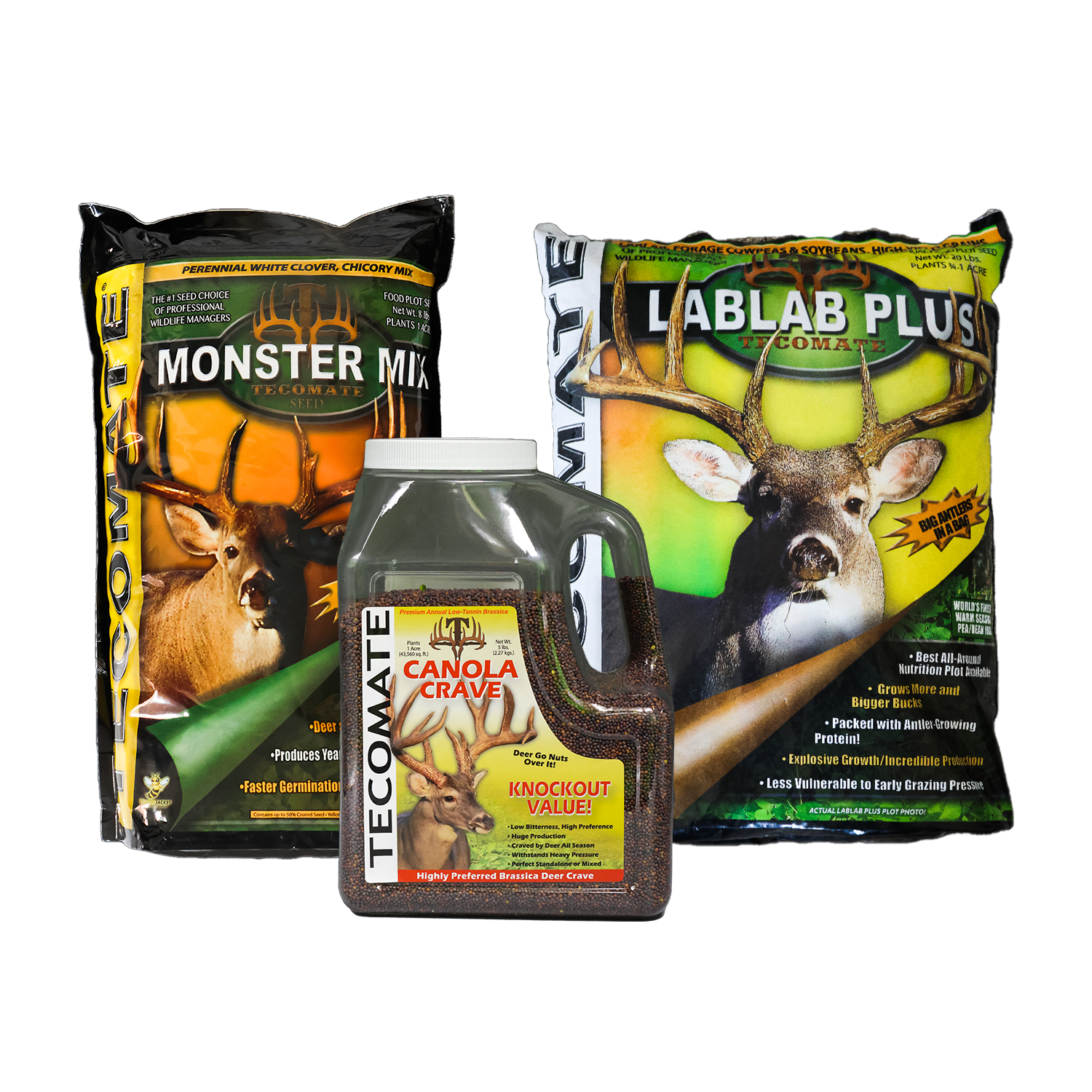
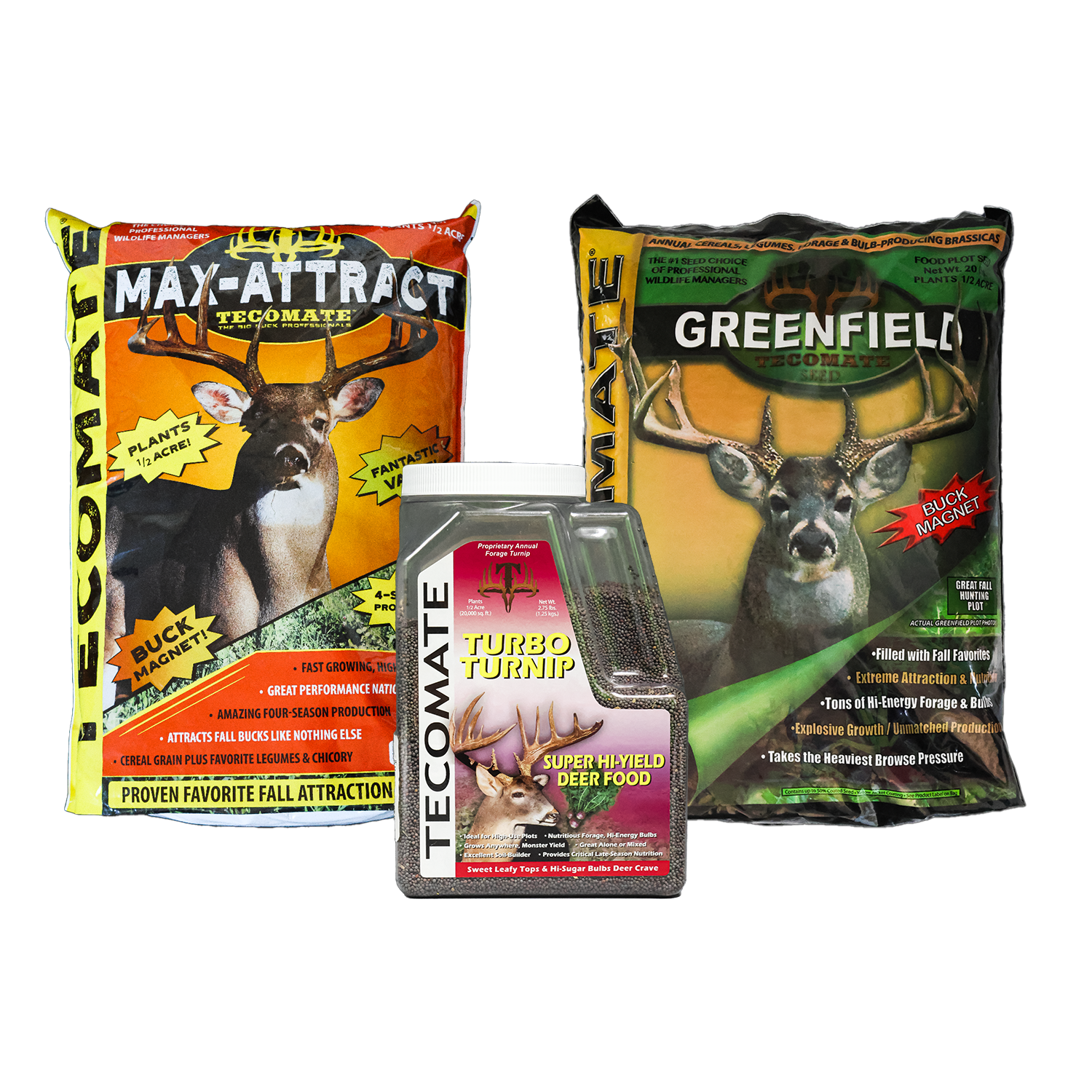
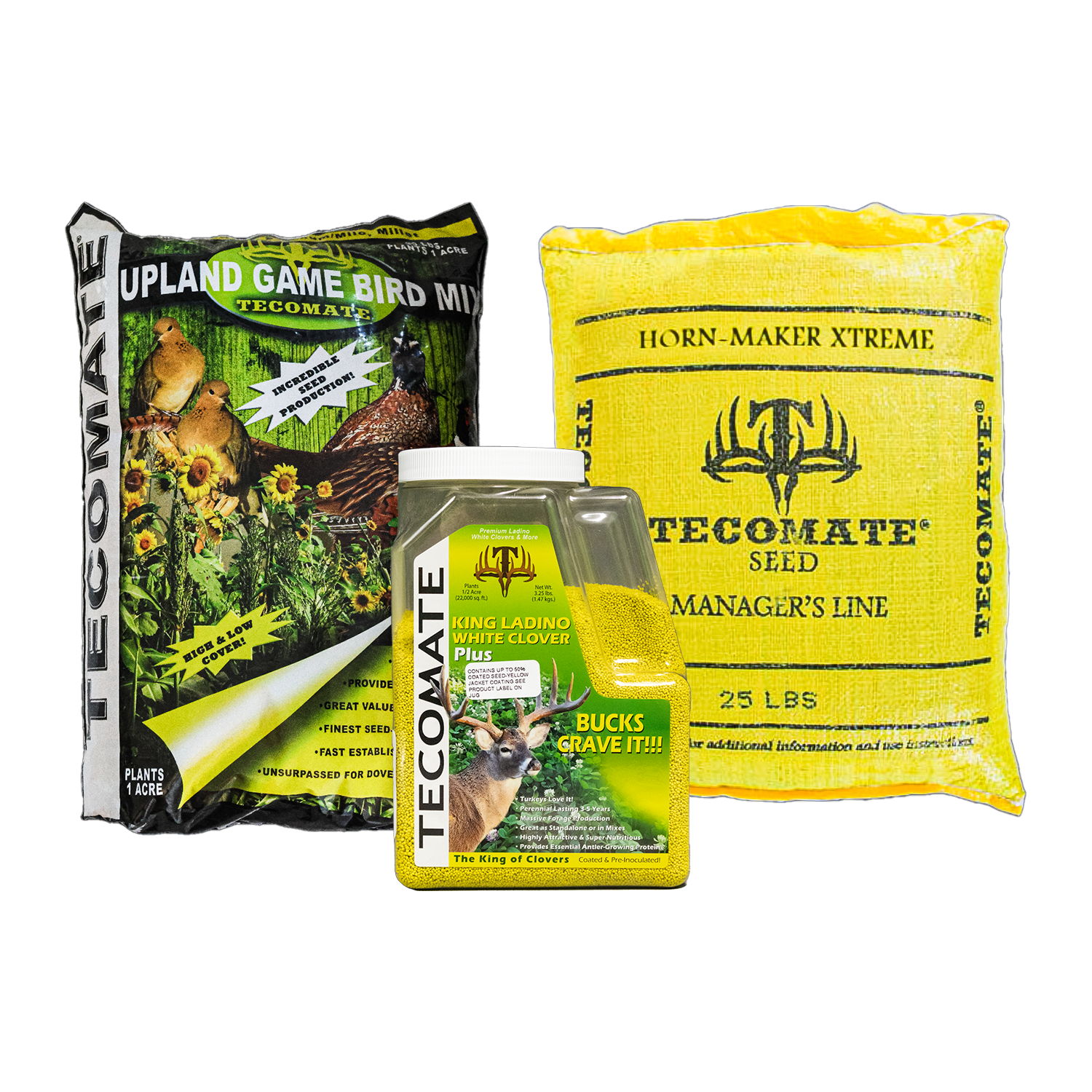
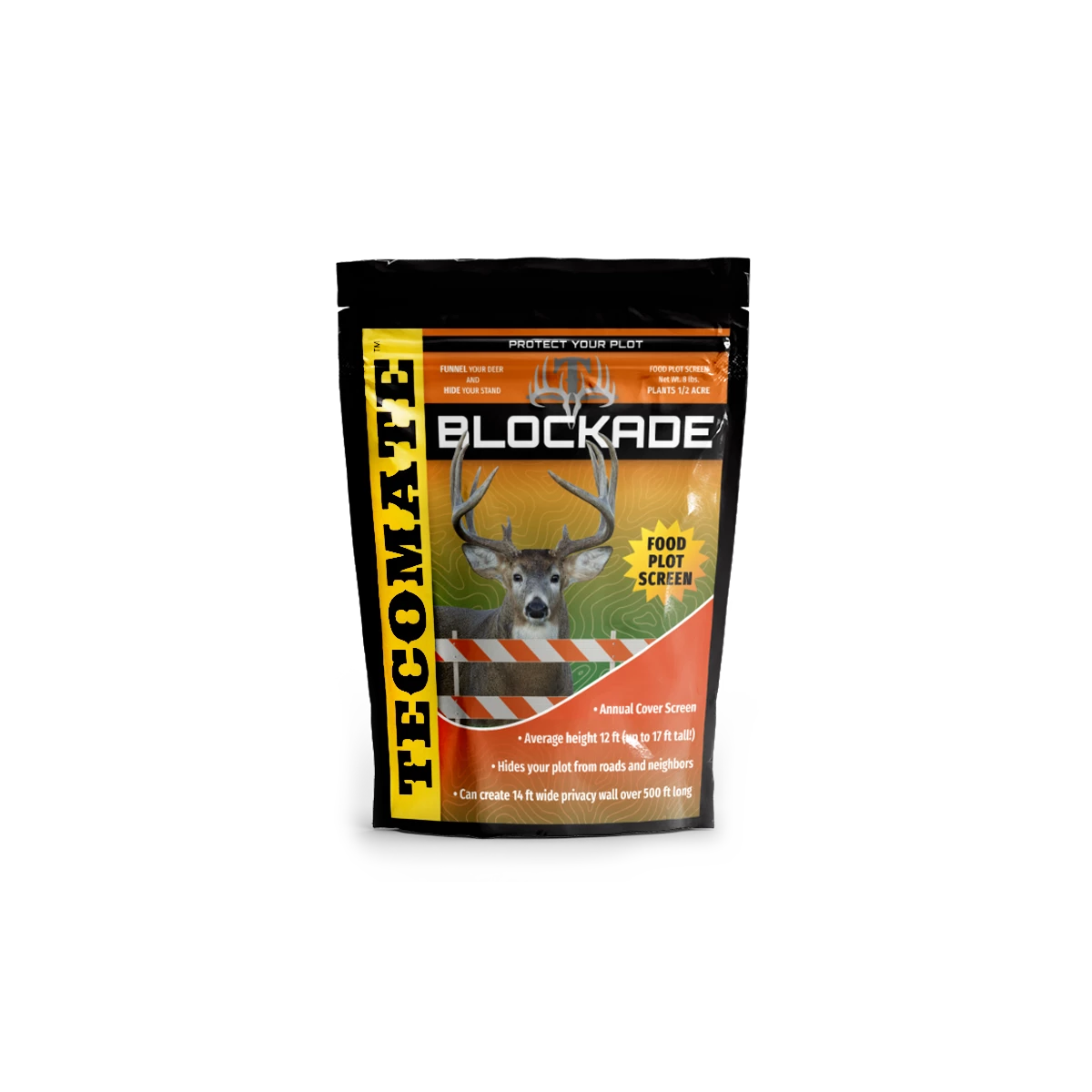
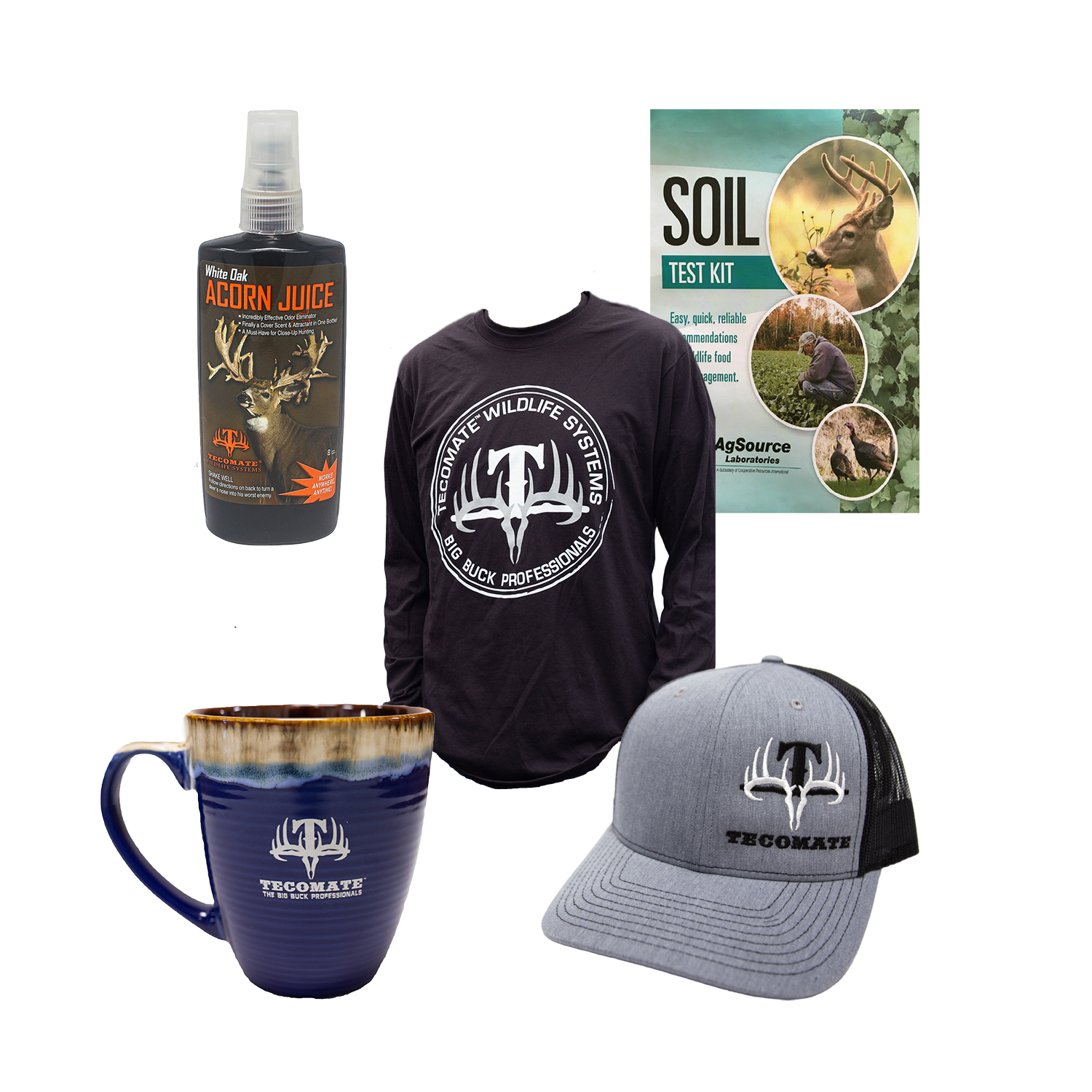
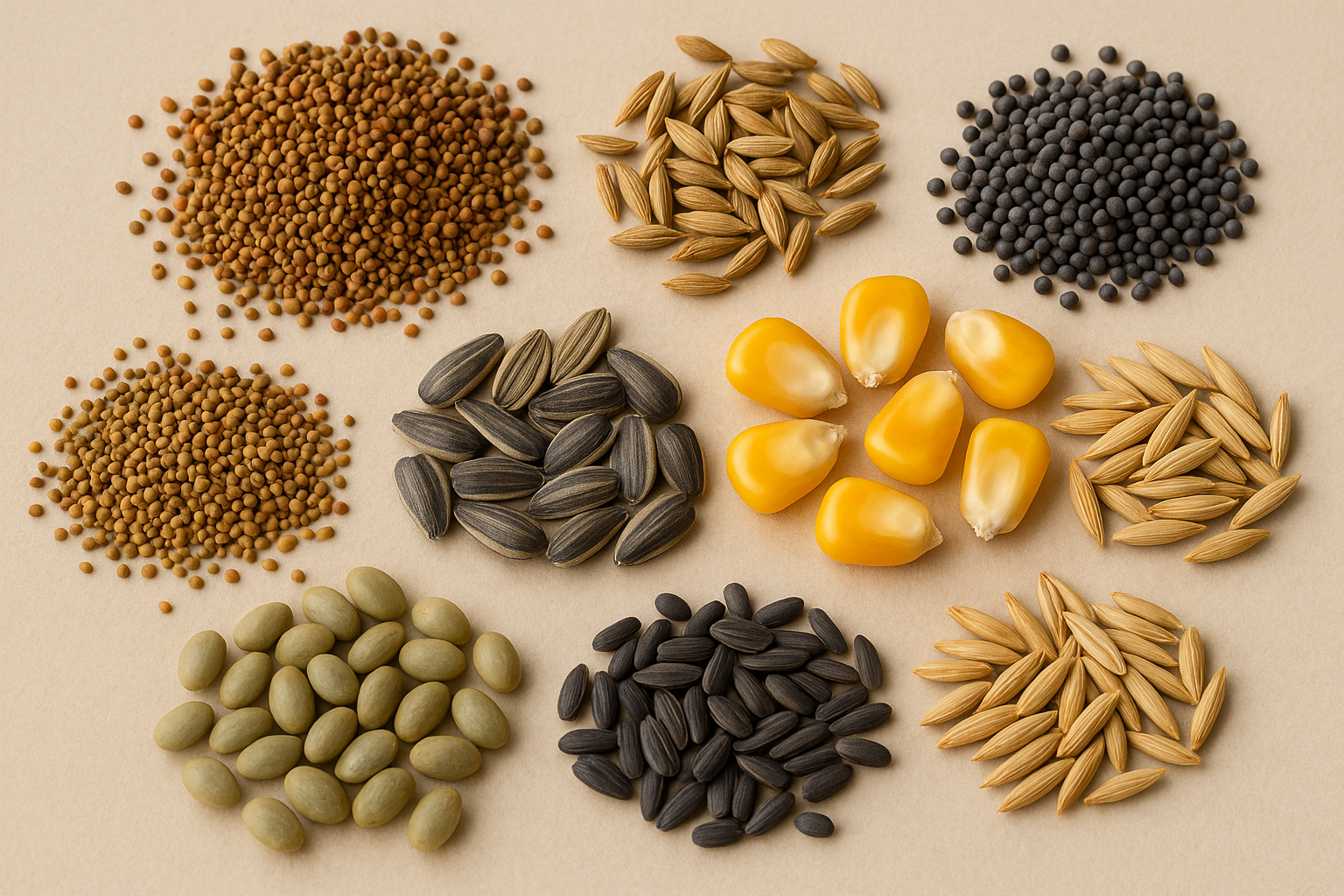
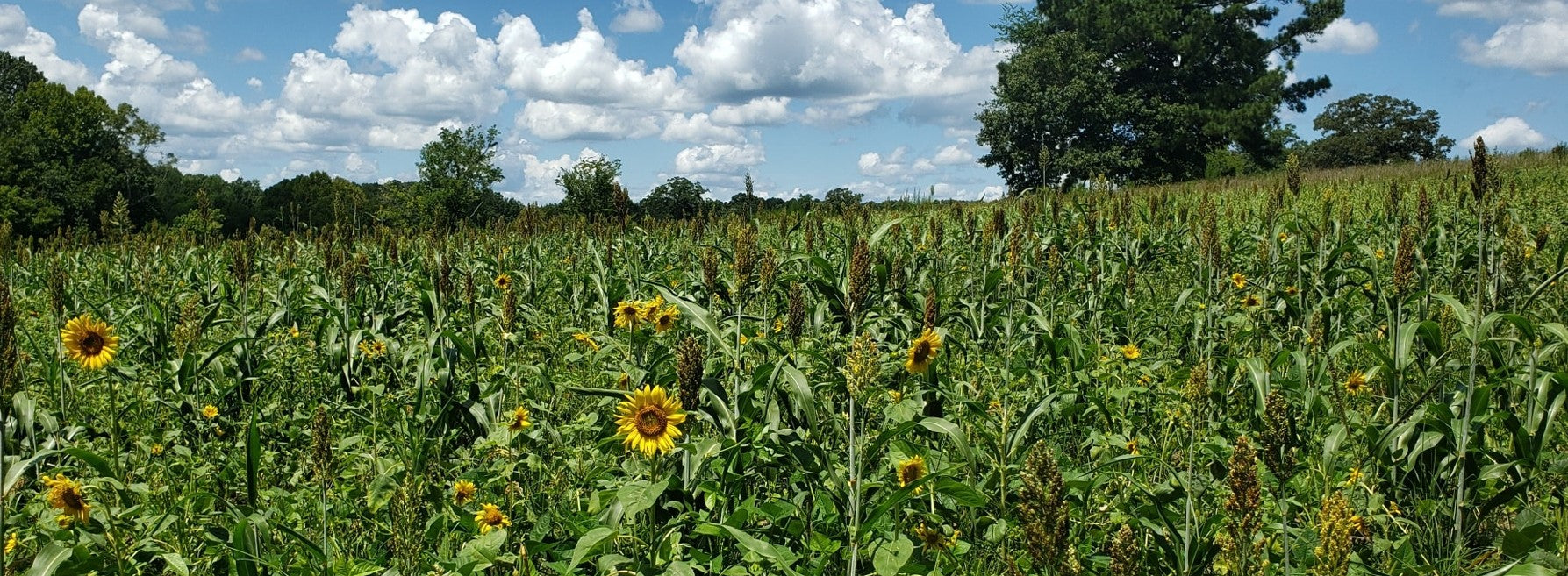
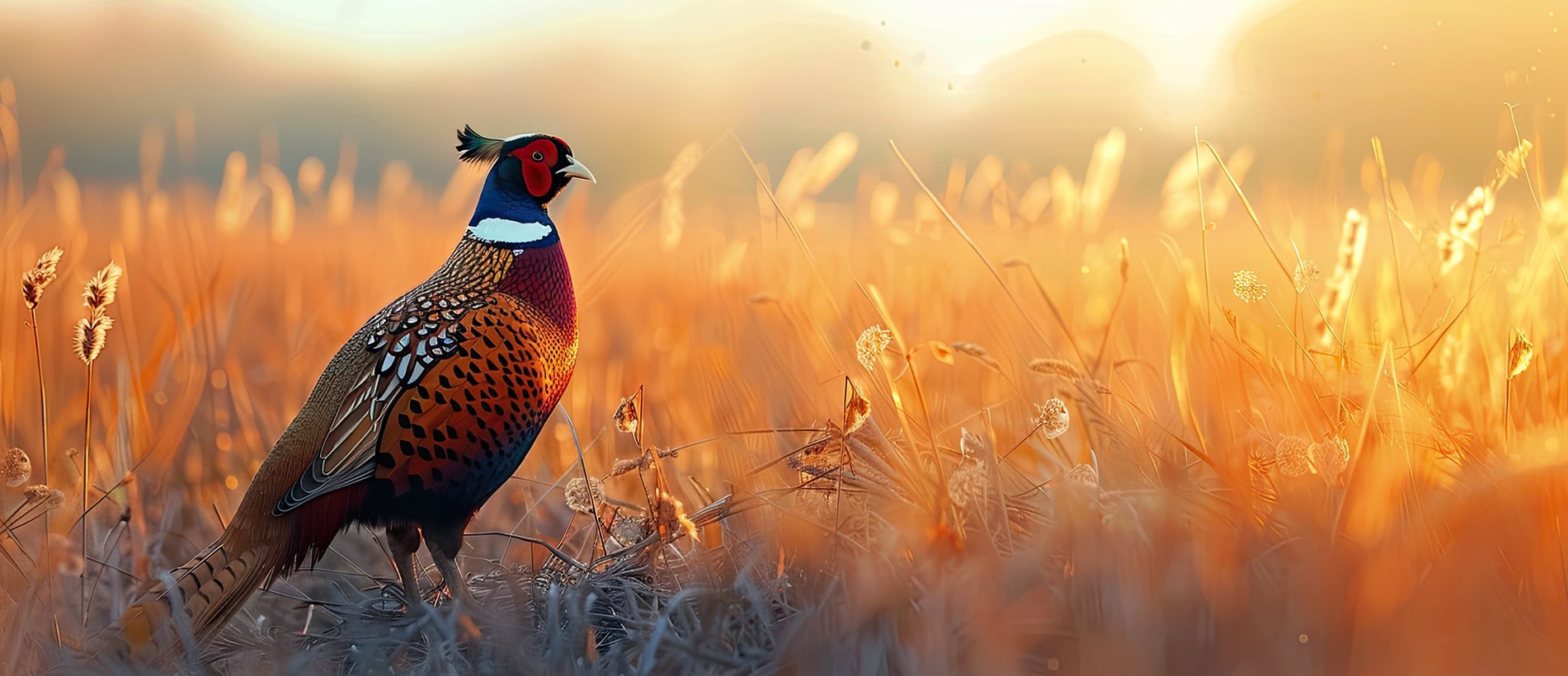

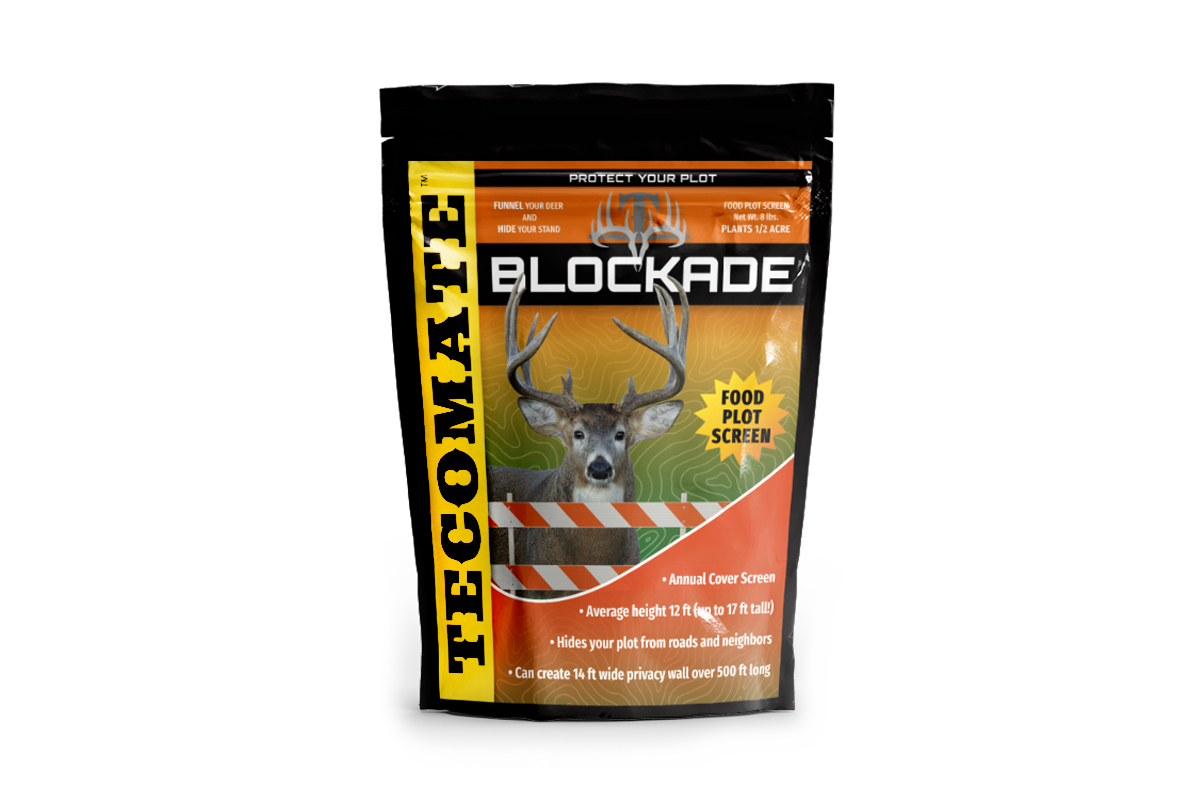
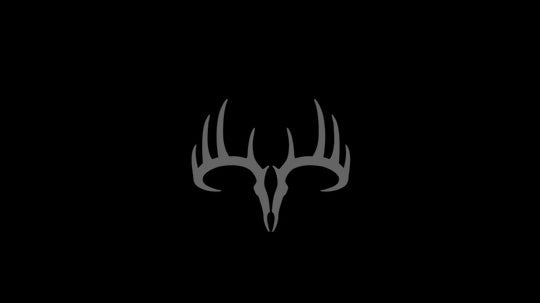
Leave a comment